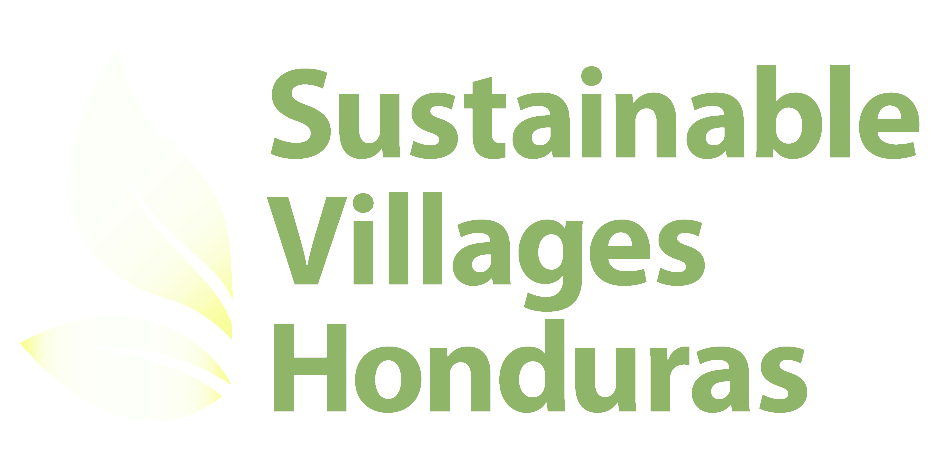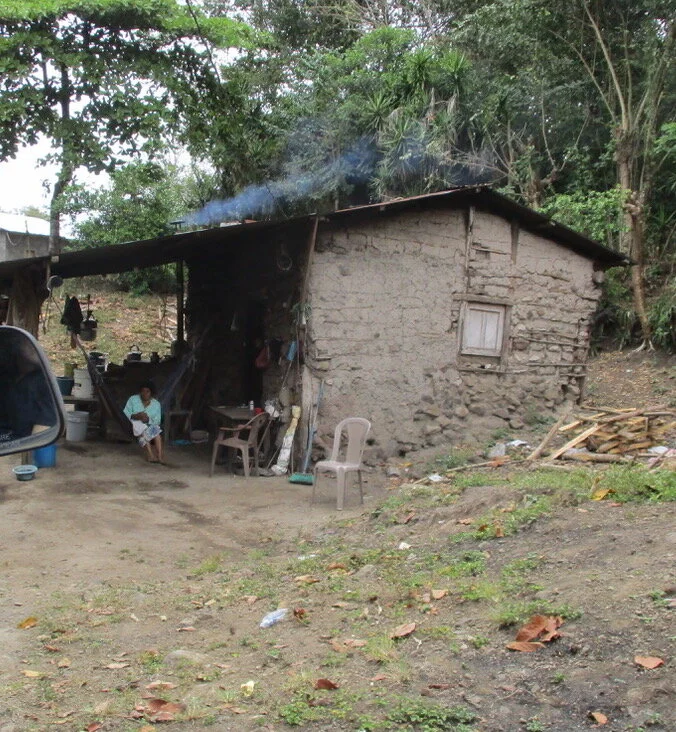The challenges of poverty and climate
The Sustainable Villages Honduras (SVH) program is located in Chinda (like a U.S. county), within the Department of Santa Barbara (like a U.S. state), one of the poorest areas in Honduras. This section of the website presents the challenges to all the communities within Chinda. Compare these challenges confronting the Chinda communities with the successes described in the GOALS section on this website.
A dried and dead cornfield during the long drought of 2018.
Climate change is one world-wide challenge that hits hard in Honduras. It reduces both the amount of rainfall and the months with any rain at all. When it comes, rainfall comes in torrents. The impacts of climate change are profound: droughts, less water for personal use and irrigation, more soil erosion, and ultimately more hunger and lower income for the population in rural communities.
These figures are contained in a 2016 report compiled by the office of the Mayor of Chinda with input from the 11 communities including the eight SVH communities:
A typical small house in bad condition with stove smoke that fills the house.
Poverty. 74% of the population live at or below the recognized poverty level. Living below the poverty level in has a direct impact on the condition of homes. Only 11% of the homes were considered in “good” condition, 58% in “regular” condition, and 32% in “bad” condition.
About 90% of the homes have only a latrine. That means that when water is poured into the ceramic toilet to “flush” it, the water is piped out somewhere near the home.
Education. Graduation rates are low because access to school is more difficult for children in the villages. Attendance is easier for children in the two large towns -- Chinda and Las Breas. In addition, some families cannot afford to send their children to school during the months when they harvest basic grains or coffee. Only about 11% of the children finish elementary school and only about 7% finish secondary school.
About 30% pf the adults are preliterate which means they do not read or write.
Access to health care. There were only two health facilities in the municipality of Chinda – the town of Chinda and Las Breas – when this report was made. A third one has recently been built in El Tule. These facilities have only limited space for patients, limited ability to care for people with different diseases or ailments, and limited supplies of medicine. In addition, doctors work on short-term rotations among the health facilities. With no health care facility nearby, it is often up to the family or members of the health committee to treat illnesses and wounds.
When the corn crop is abundant, the surplus is typically stored in an open space where it is subject to being damaged by moisture and insects.
Food security and income are linked. Agriculture is the major source of food and income for most families. Traditional farming methods, including slash-and-burn and burning off the waste left after the harvest, reduce the yield in the following years. These old practices continue until farmers are shown sustainable practices. A little over half the families in Chinda produce basic grains. 98% of those grains is eaten by the family – leaving very little to sell for income.
Families depend on income from growing coffee. However, climate change fosters the spread of the destructive coffee fungus arroya that has attacked this coffee plant in El Chol.
Often the major source of cash is earned when family members work as field hands on the large coffee plantations located in the higher altitudes in Chinda or leave Chinda to work as field hands on large coffee or sugar plantations in other departments. Other than at harvest time, daily employment is hard to find and pays only $5 a day.
As farming families diversify what they grow in fields or kitchen gardens, they are able to eat a more nutritious diet and sell produce such as plantains, bananas, papayas, and pineapple. These are traditional plants which have adapted to Honduran climate over many years and grow easily once they are planted. The problem for many families is that to acquire the seeds or young plants they must pay cash which they do not have.
Large landowners typically own the land at higher altitudes as in these fields in La Majada, and often rely on slash and burn methods that deplete the soil.
Old water pipes, such as these in El Tule, are subject to contamination.
Land ownership is concentrated into the hands of a few people which perpetuates income inequality. Most families own homes and very little land around them. Only 16% of a families in Chinda own land. 42% of the farmers rely on renting land or ‘loaned’ land so the harvest must be shared, other in produce or cash payments. Whether they own land or not, many families rely on kitchen gardens right near their homes to produce food to eat. Traditionally, family members or neighbors may also be expected to help those without land when they are old or incapacitated.
Access to adequate drinking water. Village water systems need constant care and repair to deliver sufficient quantities of good quality water to the community. The solution lies in building community support for an active and informed water management board and family willingness to work on the system and pay adequate water management fees. To resolve larger water access issues, water boards need to work with one another as well.
Collaboration with SVH. In many communities these problems have been addressed over the five years that Roy Lara and his Vecinos Honduras team have worked there. The success of the program lies largely in two changes they have inspired in the communities: willingness of community members to learn from and teach one another and the emergence of leaders within the communities. Over its history, this successful international program has had two names: the Trinidad Conservation Project (TCP) and Sustainable Villages Honduras (SVH).
Learn more about the challenges of navigating Covid-19 and Hurricanes Eta a Iota.






